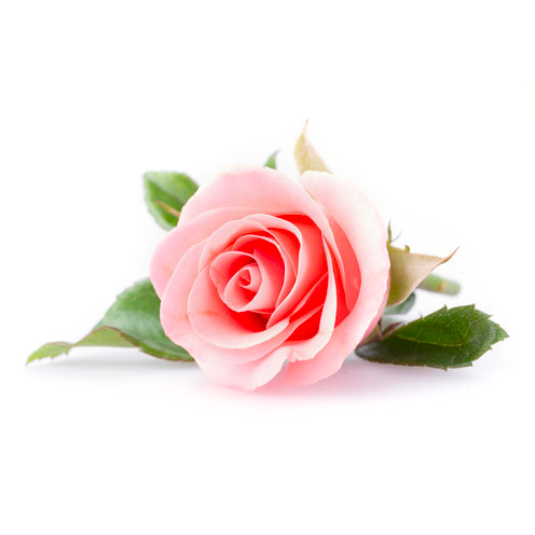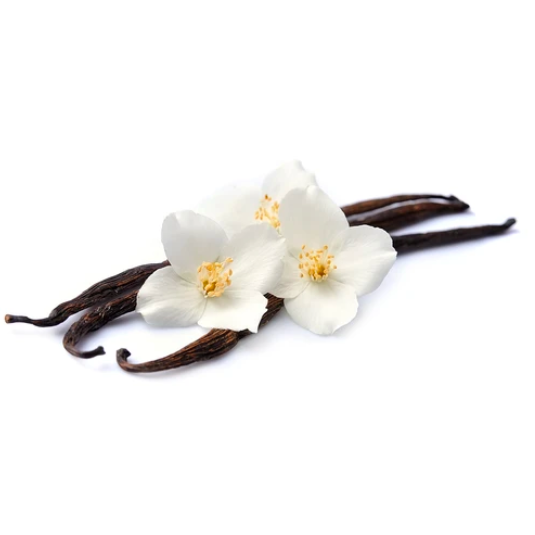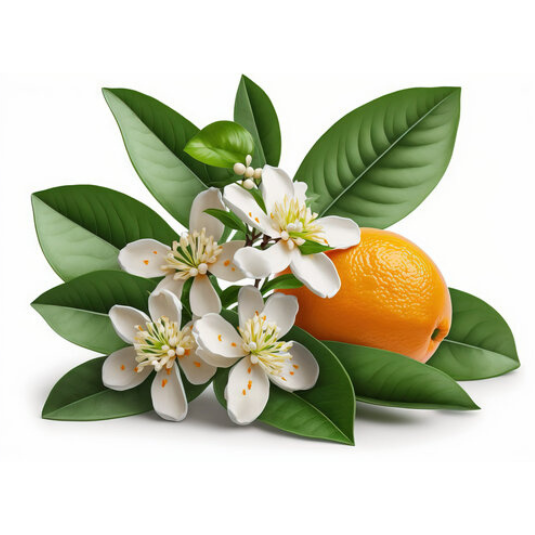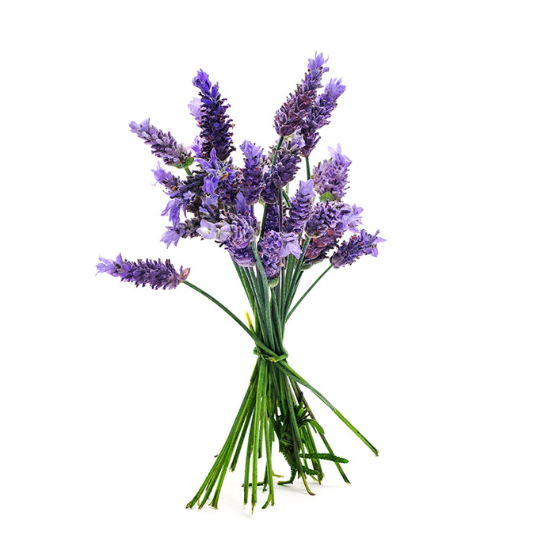What does the word jasmine mean?
“Jasmine” is a word that comes from the Persian word “yasamin” and literally means “gift from God.” This name is related to the history of the jasmine flower, which was considered a sacred offering in many ancient cultures. Jasmine is also called the “king of flowers” due to its elegance, beauty, and captivating fragrance.
In the beginning…
Jasmine is native to Asia and was first cultivated in Persia around 2,000 years ago. The jasmine flower was highly valued in India and China, where it was used for perfumery, medicine, and decoration. In the Middle Ages, jasmine arrived in Europe via trade routes and was introduced into royal gardens and parks. In the 17th century, it was introduced to France, where it quickly gained popularity as a perfume flower.
Jasmine cultivation
Jasmine is a climbing plant that can grow up to six meters tall. Its leaves are dark green and its flowers are small, white or yellow, and produce an intense, sweet fragrance. Jasmine flowers are often used to make tea and essential oil.
In France, the city of Grasse is famous for its jasmine perfume production. Located in the Provence-Alpes-Côte d'Azur region, it is considered the world capital of perfumery, contributing to the recognition of Grasse jasmine. More generally, jasmine-producing regions share warm and humid climates that favor the growth of this delicate flower.
Jasmine growth requires nutrient-rich, well-draining soil. Jasmine plants should be watered regularly to prevent the soil from drying out and should be pruned to encourage branching. Jasmine flowers are often hand-picked early in the morning, as this is when they are most fragrant. The flowers are then processed into essential oil or perfume.
The small white jasmine flowers are usually hand-picked before dawn and processed quickly because they are fragile and fade very quickly. Harvesting generally takes place from June to December on plants between 3 and 10 years old. Although extraction was once mainly carried out by enfleurage, the predominant technique today is extraction with volatile solvents, particularly hexane or petroleum ether.
The different species of jasmine
There are several species of jasmine used in perfumery, each with its own distinct olfactory characteristics. Here are some of the most commonly used species:
• Jasminum grandiflorum : Also known as Spanish jasmine or royal jasmine, it is appreciated for its sweet, smooth and sensual floral fragrance.
• Jasminum sambac : Also known as Arabian jasmine or night-blooming jasmine, jasmine sambac is famous for its captivating and exotic aroma. It is often used in oriental perfumes.
• Jasminum officinale: Often referred to as common jasmine, it offers a sweet, floral, and slightly spicy fragrance. It has a long history of use in traditional perfumery.
• Jasminum auriculatum: Native to India, this jasmine has a rich, sweet, and spicy fragrance. It is often used to add warm, oriental nuances to perfume compositions.
• Jasminum fluminense: Known as Brazilian jasmine, this variety offers a fresh, green fragrance, with slightly fruity notes.
GOOD TO KNOW !
In addition to its divine fragrance, jasmine has health and wellness benefits. Aromatherapy uses jasmine essential oil for its relaxing and calming properties, which help reduce stress and anxiety. Jasmine is also known for its aphrodisiac properties, boosting libido and improving sex life. Jasmine is also used in cosmetics for its moisturizing and anti-aging properties. Jasmine essential oil helps deeply nourish the skin and prevent the signs of aging. Jasmine is often used in facial skincare products, such as creams and serums, as well as in hair care products to promote growth and shine.
What did you know about jasmine in perfumery?
For perfume production, jasmine essential oil is often blended with other essential oils to create a unique fragrance. Perfumers use their creativity and expertise to blend the different fragrance notes to create a harmonious and balanced fragrance. Jasmine perfumes are often combined with floral notes, but can also be combined with fruity or spicy notes.
Jasmine is known for its captivating and sensual scent, which is often described as floral, soft, and sweet. Jasmine perfume contains fragrant components such as methyl jasmonate, which give it its characteristic scent. When blended with other scents, jasmine can add depth and richness to a perfume, creating a sophisticated and elegant fragrance. Jasmine is often used in women's perfumes, but can also be used in men's fragrances to add a touch of sensuality and sophistication.
The legendary jasmine perfumes…
Many brands use jasmine as a main ingredient or as an olfactory accord to create luxury perfumes.
• Jasmin des Anges from Dior 's Private Collection is a feminine eau de parfum that embodies floral and angelic sweetness with its delicate blend of jasmine, apricot, and fruity notes. This refined fragrance, presented in the collection's iconic bottle, offers a soothing and seductive olfactory experience, so appreciated by lovers of luxury fragrances.
• Jasmin Rouge by Tom Ford is a floral and spicy fragrance that embodies a woman's love for her makeup, offering a bold seduction. Notes of jasmine, clary sage, ginger, cardamom and cinnamon blend to create a captivating composition, enhanced by floral accords, vanilla and leather, all presented in an iconic deep purple bottle.
• Splendida Jasmin Noir is a creation for women from the luxury house of BVLGARI . It offers a modern and captivating interpretation of jasmine, highlighting its dark and mysterious sensuality. The top notes are fresh and luminous, with the sparkle of mandarin blossom. At the heart, jasmine blooms in all its splendor, releasing a rich and captivating floral fragrance. In the base, woods blossom in turn: sandalwood, cashmere and patchouli.
• Mon Paris by Yves Saint Laurent is an iconic eau de parfum offering a modern and captivating interpretation of jasmine. The sparkling top notes of strawberry and raspberry blend harmoniously with an intense floral heart of jasmine and peony, creating a captivating combination.
• 1902 Ylang & Fleur de Sel by Berdoues is an eau de toilette for men and women that offers an exotic and refreshing blend. The captivating notes of ylang-ylang blend harmoniously with the floral subtlety of fleur de sel, creating a unique fragrance, both sensual and light, perfect for those looking for an original and evocative perfume.
DID YOU KNOW? Created in 1930 by perfumer Henri Alméras, Joy is considered one of the most expensive and luxurious perfumes in the world. One reason for its high cost is the fact that it contains a large amount of jasmine essence. To produce just 30 ml of this perfume, approximately 10,600 jasmine flowers and over 28,000 rose flowers are required.
Bon Parfumeur jasmine fragrances
Our fine fragrance collection includes several scents featuring jasmine. Here's a small selection:

• Eau de parfum 103 , for example, is a floral creation where jasmine plays the leading role. Beyond the fresh notes of bergamot and neroli (close to orange blossom), its floral heart combining jasmine, tiare flower and hibiscus is revealed. The result? A fresh and sensual eau de parfum that projects us onto a fine sandy beach, a slice of dream to indulge in.
• Eau de parfum 002 is also an eau de parfum whose floral accord blends jasmine with notes of bergamot and neroli. These flowers are joined by the softness of musk and white amber for a gentle and sophisticated fragrance.
• Eau de Parfum 202 presents a truly refreshing fruit cocktail. Citrus, watermelon, and watermelon blend with the more velvety facets of jasmine and lily of the valley. These white flowers breathe a breath of lightness over the soft sandalwood.
• Eau de parfum 102 is an explosion of colors: sparkling bergamot, coriander and cardamom! This clever blend offers us a scent of green tea. Grasse mimosa accompanied by powdery jasmine plays the main role: the heart notes of this creation. In the background, white musk and oak moss warm the trail.
• Eau de Parfum 104 has a great vegetal freshness, like the scent of a holiday home covered in ivy. The lively character of green orange is then softened by touches of jasmine and hyacinth. These flowers give the creation a green and watery effect. A racy and rich fragrance that ends with the trio: patchouli, amber and vetiver.
Choosing a jasmine-based perfume means choosing a perfume of a










